The first thing you notice is the haze. Animated films—and especially the now-ubiquitous computer-animated variety—tend to be uniformly bright and shiny. Colors pop; surfaces gleam. But with WALL-E, the wizards at Pixar have set themselves a truly remarkable challenge: They want to prove that they can even dazzle us with crud. Set roughly 800 years in the future, this filth-choked marvel initially unfolds on an Earth that’s long since been abandoned by humanity and relegated to a gigantic garbage dump, and it’s one gloriously ugly movie. So much imagination has been expended on the variety of ways in which objects can rot, molder and decay that it almost makes you giddy, especially after more than a decade of plastic perfection. And that haze! This entire section of the film, which lasts roughly 40 minutes (and is all but dialogue-free to boot—suck on that, P.T. Anderson!), is shrouded in a thick, sulfuric coat of smog that threatens to obscure repulsive background details but never quite succeeds. If there were any justice, which there decidedly is not, here would be next year’s Oscar for art direction.
The Details
Into this muck trundles WALL-E himself, voiced—though he speaks only three or four words in the entire movie—by Oscar-winning sound designer Ben Burtt (Star Wars, E.T.). A small, cube-shaped, solar-powered robot whose original function was to collect and compress trash (his name stands for Waste Allocation Load Lifter, Earth-Class), this cute critter, who appears to be the only sentient being left on the planet, now exists as a scavenger, combing through mountains of debris in search of anything useful or just interesting. (Finding a diamond engagement ring, he quickly chucks the rock and gets all excited about the little hinged box it came in.) His only company is a pet cockroach and an old videotape of Hello, Dolly!—at least until EVE (Extra-Terrestrial Vegetation Evaluator) shows up. She’s an egg-shaped, flying robot with a fetching giggle (voiced by Elissa Knight) and an alarming tendency to blast the hell out of anything that moves, lately arrived on Earth in search of any sign that life might again be sustainable there.
WALL-E, needless to say, instantly falls head over heels in love with EVE, and his nerdy ardor provides the movie’s basic narrative motor, along with some of its sappier interludes. But once boy robot follows girl robot back to her home—the gargantuan space ship-cum-mall on which Earth’s surviving humans now do something that vaguely approximates living—co-writer and director Andrew Stanton’s gift for organized mayhem kicks into overdrive. Remember that pristine Lucite look that the animators had so merrily scuttled? Here, in the film’s whirlwind second half, they not only restore it but also inflate it, amplify it, creating a sterile, mechanized Jetsons nightmare in which people are so machine-dependent that they’ve been reduced to corpulent, nearly boneless lumps of atrophied pseudo-flesh. It’s like a frantic comic gloss on Stanley Kubrick’s 2001, with robots who are far more soulful and emotional than the humans they serve—a debt WALL-E acknowledges by giving the ship’s malevolent autopilot HAL 2000’s single glowing red eye.
This pointed satire of our short-sighted indolence—itself far more thought-provoking, by the way, than were such recent eco-docs as An Inconvenient Truth and The 11th Hour—ultimately satisfies more than does the cutesy romance between WALL-E and EVE, which has a few lovely moments but generally tends to pander. (I was especially disappointed by the heart-tugging but baldly manipulative denouement, even though I got all weepy just like everybody else in the theater.) But not since Toy Story 2 has the Pixar team—of which Stanton has always been perhaps the key member—demonstrated such effortless wit and nonstop creative verve. Eschewing dialogue, in particular, seems to have liberated their sense of play, to the point where parts of the film’s second half not only brook comparison to Modern Times but arguably outdo Charlie Chaplin in their absurdist mecha-logic. With all the wild praise that was routinely tossed at good-but-hardly-genius efforts like Finding Nemo, The Incredibles and Ratatouille (most people at least seemed to realize that Cars was a whiff), I’d begun to fear that folks might have forgotten what a truly first-rate Pixar movie looks like. Go, and be reminded.
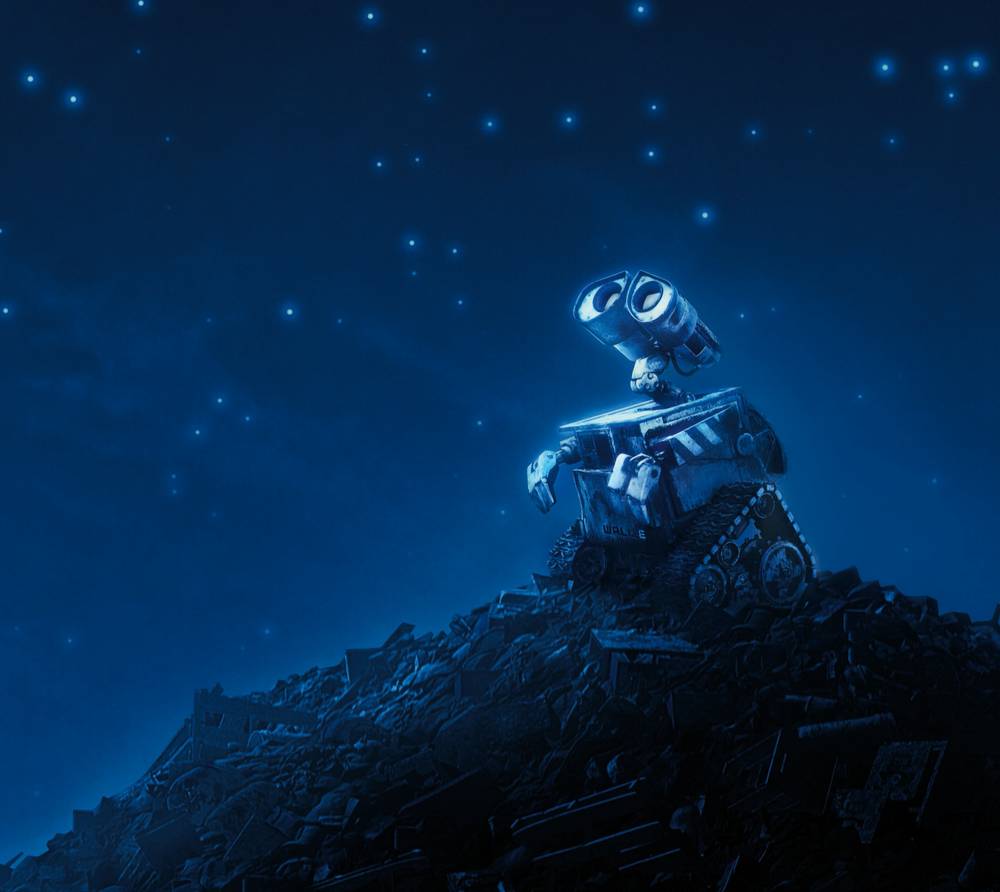

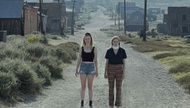
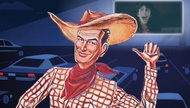
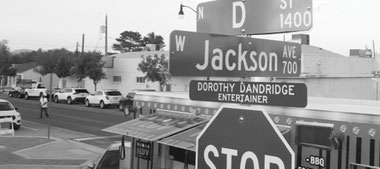

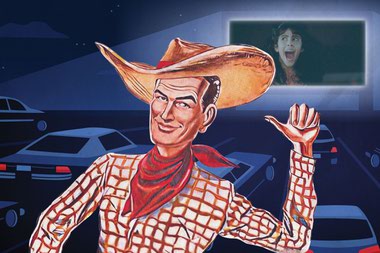
Previous Discussion: